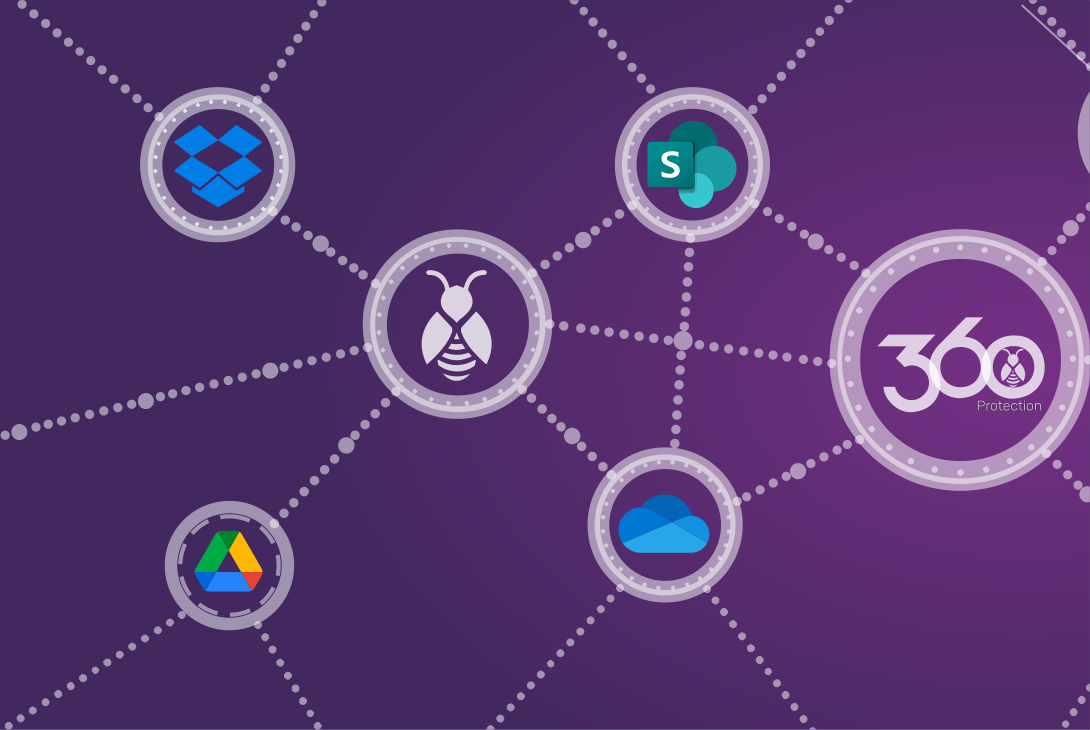
Seamless Integration with Cloud Platforms
PurpleWASP integrates with OneDrive, SharePoint, Google Drive, and Dropbox to manage policies where they already exist.
-
Policy Management
Create, distribute, and track policies without the chaos.
-
Risk Management
Spot risks early. Act faster. Sleep better.
-
Asset Management
Know what you own — and keep it under control.
-
Incident Management
Respond with precision. Recover with confidence.
-
Audit Management
Be audit-ready anytime — no scrambling, no surprises.
-
Analytics & Reporting
Turn data into decisions. Instantly.

Seamless Integration with Cloud Platforms
PurpleWASP centralizes policy workflows across your cloud drives.
-
Become a Partner
Join the PurpleWASP network and grow together.
-
Partner Benefits
Exclusive incentives, resources, and more.
-
Partner Resources
Access marketing, sales, and technical resources.
-
Case Studies
Success stories from our partners in action.
-
Partner Portal
Log in to access exclusive partner tools and data.
-
Locate a Partner
Find a trusted PurpleWASP partner near you.

Maximize Your Potential with PurpleWASP
Whether you’re a technology partner or a reseller, we provide the tools, support, and resources for success.
-
Product Information
Everything you need to know — no fluff.
-
Learning Center
Master the platform in minutes, not months.
-
Blog
Ideas, insights, and inspiration — fresh weekly.
-
Webinars
Live walkthroughs, real answers.
-
Research
Deep dives backed by real-world data.
-
Developer Hub
Build, connect, and extend with ease.
-
Help Center
Answers at your fingertips, 24/7.

Seamless Integration with Cloud Platforms
Import, export, and manage policies across your storage platforms.